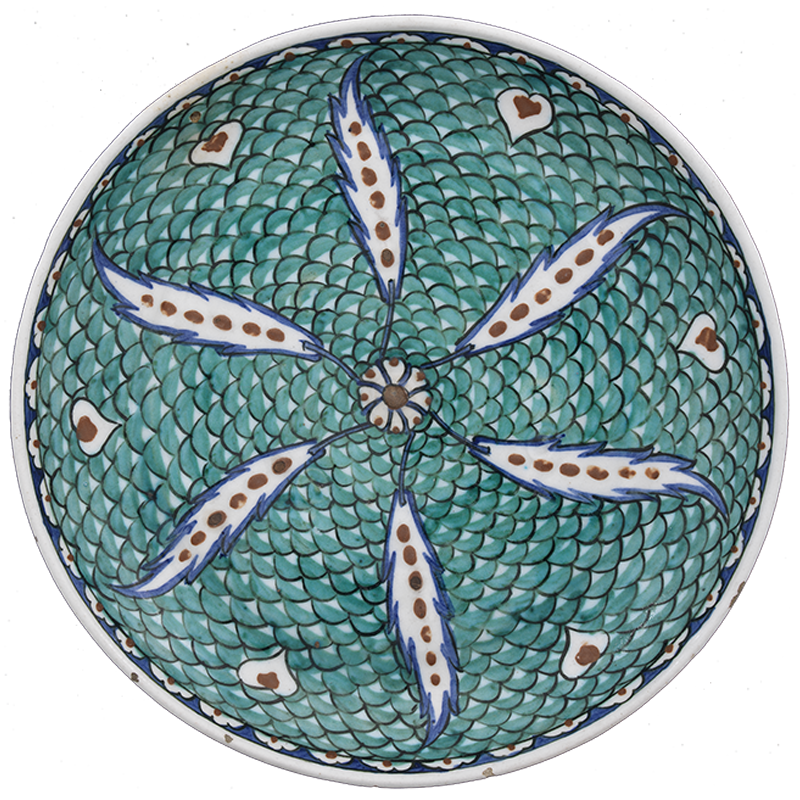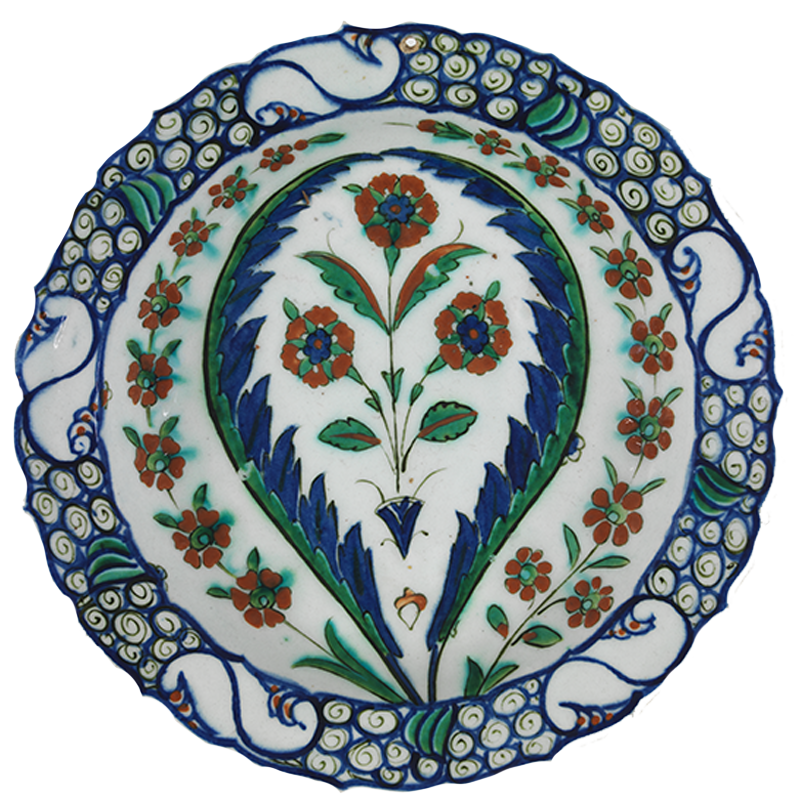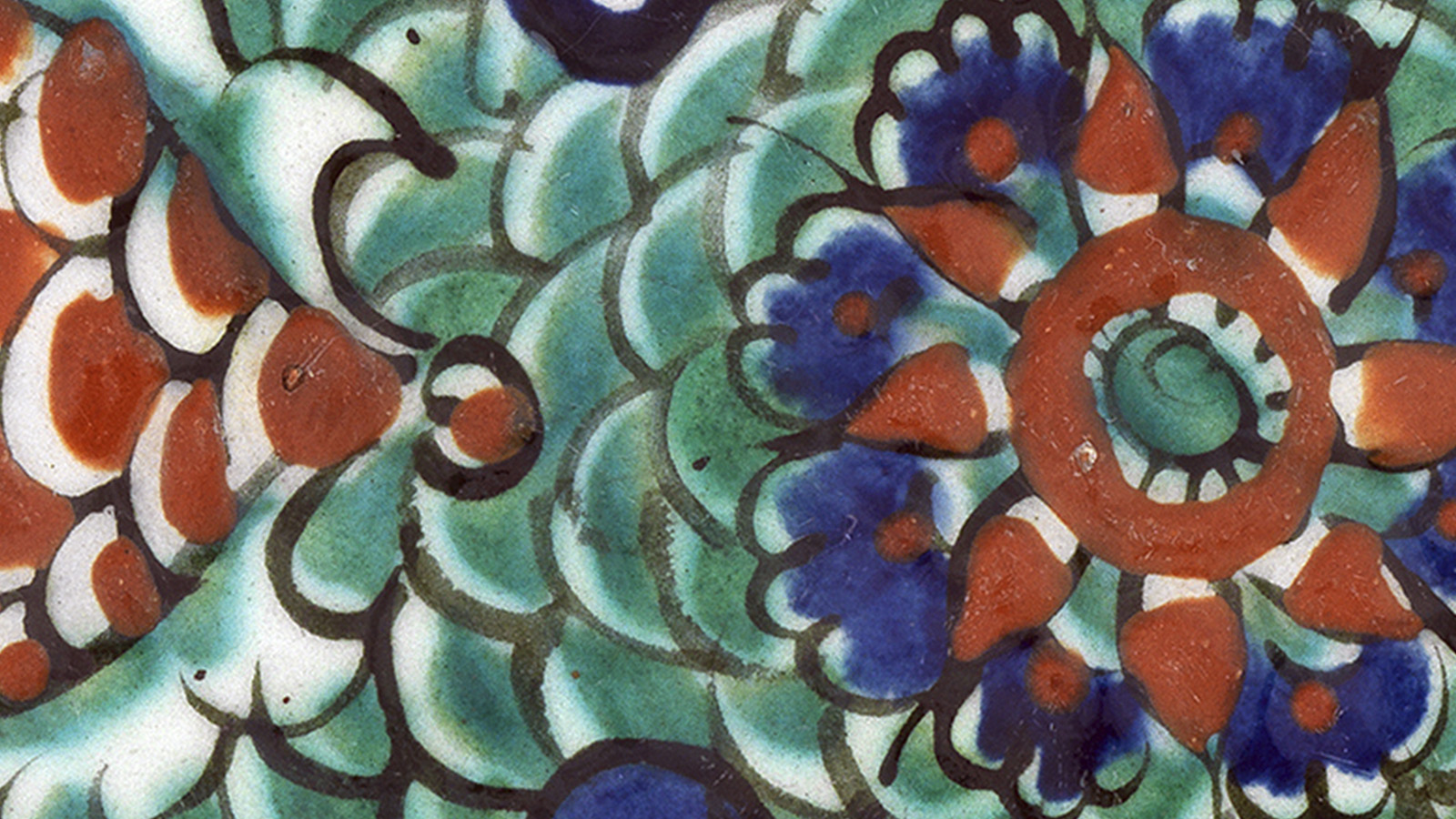Charles Schefer
For an art collector, the history and journey of a work are significant aspects that can help enhance its value and influence its purchase. The pieces in the Gulbenkian Collection come from different places and have travelled the globe, passing through the hands of various dealers and owners, some of them famous names who have left a mark on the history of art.
The French collector Charles Schefer (1820–1898) is one of these figures. Son of a German father and French mother, Charles grew up in Paris. From a very young age he showed an interest in the East, which led him to study Arabic, Turkish and Persian. Schefer worked in the French Ministry of Foreign Affairs and was sent, as a translator, to Beirut, Jerusalem, Izmir, Alexandria and Istanbul. When he returned to Paris, he became a Persian teacher, and later director, at the École des langues orientales.
On his travels, Charles began to collect artefacts, especially manuscripts, eventually bringing together a library of around eight hundred volumes, some of which were very rare. In 1899, after the collector’s death, his widow sold the collection to the Bibliothèque nationale de France, in Paris; in 1900 the Catalogue de la collection de manuscrits orientaux arabes, persans et turcs formée par Charles Schefer et acquise par l’État (Catalogue of the collection of Arabic, Persian and Turkish oriental manuscripts formed by Charles Schefer and purchased by the State) was published.
Schefer also collected other items, such as porcelain pieces and jewellery, and exhibited works at the Paris World Fair in 1878, alongside other prominent collectors of oriental objects. Several major museums currently hold works that belonged to him, such as the Met and the British Museum – Schefer sold and donated various pieces to the latter.




Among Gulbenkian’s first documented purchases, in 1898, were four plates that belonged to Schefer. These pieces reflect the influence of the ceramic traditions of regions around Iznik, in Turkey: two of them are decorated with scales, a third with arabesques and the fourth with saz leaves. Three of these plates have a hole that was used to hang them, turning them into decorative objects. Given Schefer’s renown as an academic and Orientalist collector, Calouste Gulbenkian’s purchase of these pieces undoubtedly enhanced the value of his collection.
Collection of Stories
Where have the artworks been, before being acquired by Calouste Gulbenkian? Who were their authors and their protagonists? What curiosities do they hide? In this series, discover the various stories behind the Museum's collection.

